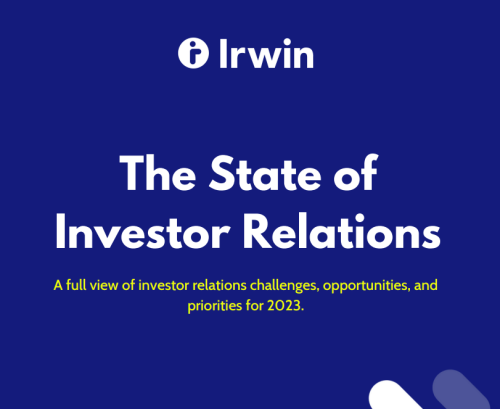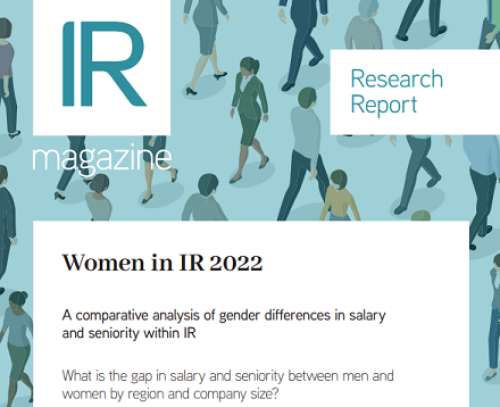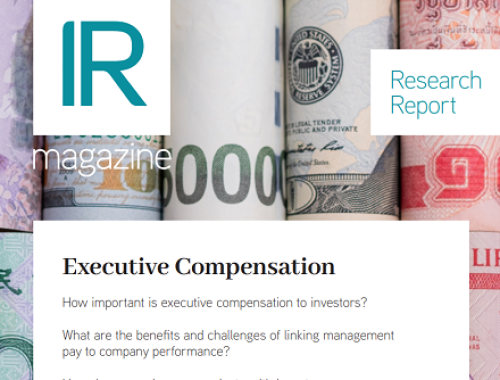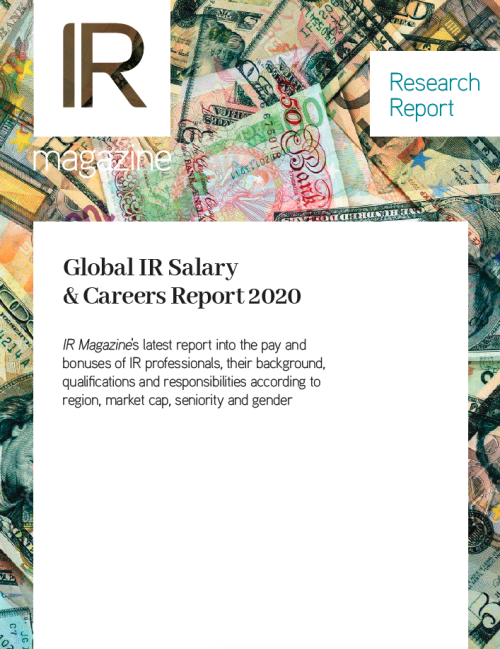Female representation at sovereign wealth funds (SWFs) and public pension funds is improving around the world, though women are still under-represented, an annual index suggests.
The Gender Balance Index 2019, now in its sixth year, has been published by the Official Monetary and Financial Institutions Forum (OMFIF) ahead of International Women’s Day tomorrow. It tracks the number of women and men among senior staff at public investment institutions globally, weighted by level of seniority. A score of 100 percent is awarded to a perfectly gender-balanced institution.
At 45 percent, both Africa and North America are the best regions in terms of gender balance and leadership of SWFs while the Middle East is at the bottom, with just 2 percent.
With a score of 29 percent, Europe is second. The index shows that Europe’s score has jumped from 17 percent last year, suggesting that much of the change was driven by Norges Bank Investment Management (NBIM), which manages Norway’s Government Pension Fund Global and last year appointed Hege Gjerde as chief financial officer. The bank also expanded its leadership team to include the heads of corporate governance and human resources, who are both female.
Asia-Pacific maintains its position
Asia-Pacific’s score is unchanged at 16 percent, keeping it at third place, according to the index. Kat Usita, an economist at OMFIF, tells IR Magazine that in Asia-Pacific the promising scores in Malaysia, Australia and New Zealand are offset by the absence of women in the leadership of larger sovereign funds, such as those in China and South Korea.
The index highlights that Malaysia’s Permodalan Nasional appointed two women, while Lindsay Wright of the New Zealand Superannuation Fund left her post as board deputy chair when her term expired.
SWFs in the Middle East remain overwhelmingly male, notes Usita. She says the region’s score has doubled since last year because of the promotion of the Kuwait Investment Authority’s Alia Al-Tameemi to an executive management post as head of alternative investments.
Africa and North America
Explaining why Africa and North America scored better than the other regions, Usita says: ‘Europe doesn’t have any CEOs among the sovereign funds we looked at. North America has two. Although Africa doesn’t have any CEOs it tends to generally score better. We don’t only look at CEO positions; we also look at other executives’ positions and [whether the fund has] a board or anything equivalent. We also measure diversity as a whole, so if it has a good mix it scores better.’
Statistics for sovereign wealth funds
| Region | 2019 Score | 2018 score |
| Africa | 45% | 43% |
| North America | 45% | 43% |
| Europe | 29% | 17% |
| Asia-Pacific | 16% | 16% |
| Latin America Caribbean | 14% | 10% |
| Middle East | 2% | 1% |
Source: OMFIF
Pension funds
European pension funds score 41 percent. Norway tops the 19 European countries covered, with PKH, the pension scheme for healthcare workers, scoring 88 percent, finds the index. Sweden comes second, with two funds managed by female CEOs.
‘The benefits of diversity may lag by a generation,’ says Usita. ‘Moreover, pension funds may not have direct influence over how equitably pensions are administered. This is typically determined by legislation or a higher policy-making body. Pensions funds, though, are well placed to advocate favorable outcomes.’
Statistics for public pension funds
| Country | Country scores | 2019 Rank |
| Norway | 88% | 1 |
| Sweden | 83% | 2 |
| Ireland | 70% | 3 |
| Iceland | 68% | 4 |
| Bosnia and Herzegovina | 63% | 5 |
| Poland | 52% | 6 |
| Netherlands | 48% | 7 |
| Denmark | 40% | 8 |
| Finland | 37% | 9 |
| United Kingdom | 35% | 10 |
| Switzerland | 30% | 11 |
| Spain | 29% | 12 |
| Liechtenstein | 26% | 13 |
| France | 20% | 14 |
| Turkey | 18% | 15 |
| Portugal | 14% | 16 |
| Austria | 13% | 17 |
| Germany | 6% | 18 |
| Luxembourg | 5% | 19 |
Source: OMFIF










